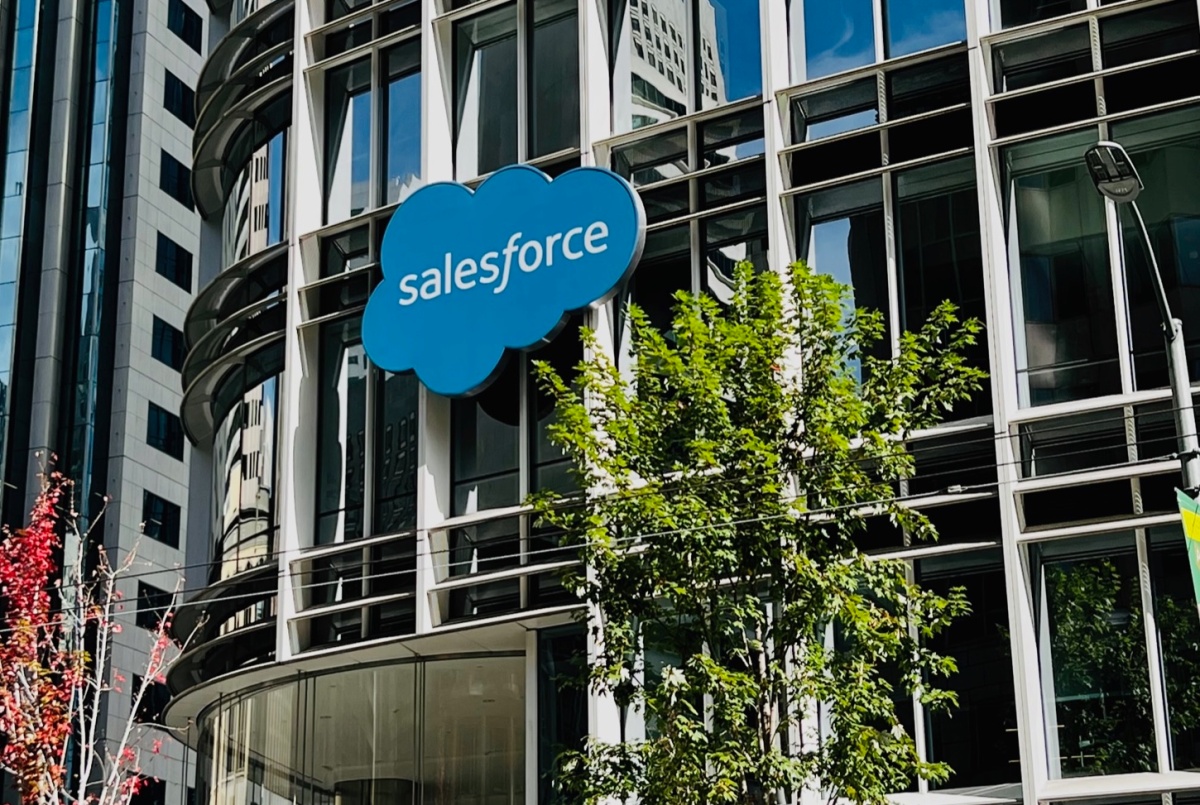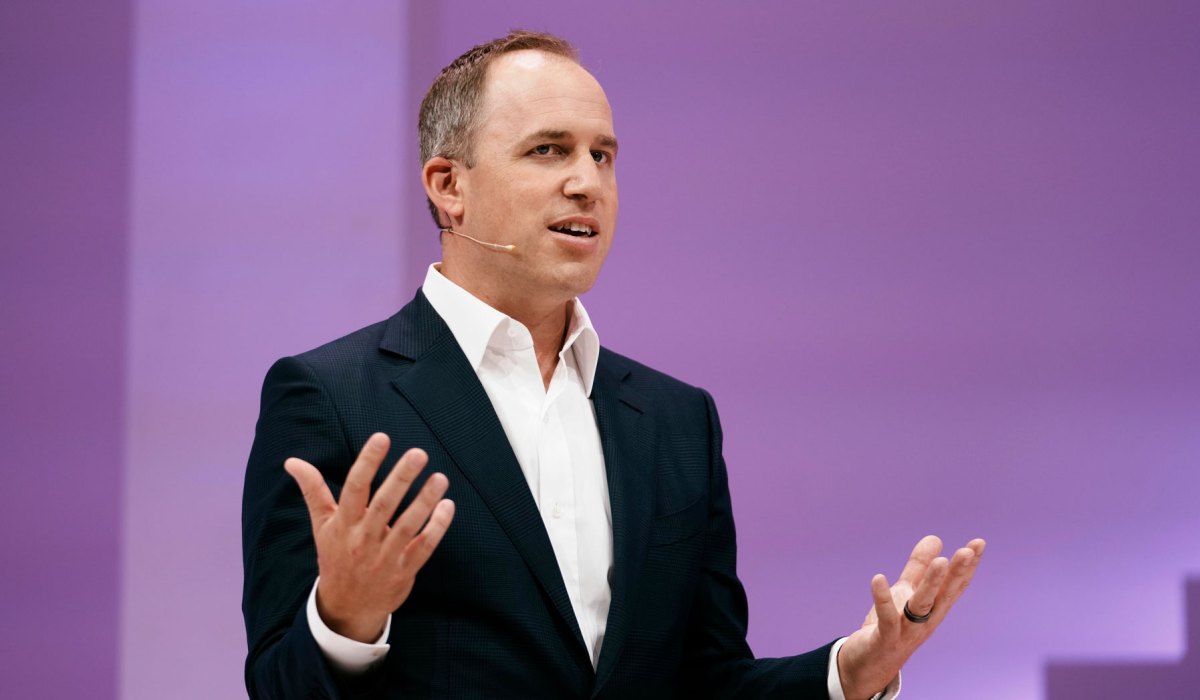Salesforce confirms it has laid off hundreds of employees • ZebethMedia
Salesforce laid off hundreds of people this week as the onslaught of tech cutbacks continued unabated. The company would not share an exact number, but said it was less than a thousand, and the people involved were informed yesterday, according to a person close to the company. Protocol first reported the layoffs (although it got the number and timing wrong). While it was not on the scale of Twitter’s massive layoffs last week, it still was yet another announcement in the continuing drum beat of tech layoffs we have been hearing about from companies large and small over the last several months, as companies aim for profitability after a long period of growth uber alles. The news comes on the heels of activist investor Starboard Value taking an undetermined stake in the company last month. In our analysis of the Starboard news, we said that it appears to be looking for cost cutting, and this move would appear to be in line with that thinking. As we wrote at the time: Regardless, Starboard claims that Salesforce’s growth and profitability (“CY2022E revenue growth + adjusted operating margin” in accountant-speak), is 13% or 14% under what it should be. How might Salesforce fix that gap? By improving its operating margin, Starboard reckons. How does it do that? By cutting costs. But it’s worth noting that Salesforce itself recognized that it needed to cut back on spending, even prior to Starboard’s involvement. Salesforce CFO Amy Weaver, stated in an Investor Day presentation last month that even as the company was shooting for $50 billion in revenue by FY 2026, it was also looking to get more profitable by aiming for a 25% operating margin in the same time period. The path to that goal is of course via cost cutting. Salesforce’s official statement on the layoffs: “Our sales performance process drives accountability. Unfortunately, that can lead to some leaving the business, and we support them through their transition.” You can take from that what you will, but it sounds like if they aren’t making the revenue they want to, then they have to cut back and that’s what they did this week. Salesforce had over 73,000 employees prior to this action, so the layoff represented a fraction of the overall workforce, but that’s likely little comfort to the folks who lost their jobs this week.



